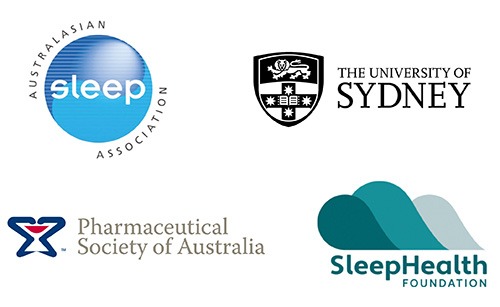Case scenario

Amna, 26 years old, is browsing the vitamins and herbal supplements section of the pharmacy, seeking a solution for her sleep problems. Over the past 2 weeks, she has experienced difficulty falling asleep at night and feels exhausted when she wakes up at 7 am to get ready for work. She also wants some information about melatonin, as some of her older colleagues have had success with it. Amna is an otherwise healthy young adult without co-existing medical comorbidities and is not currently taking any other medicines.
Learning objectivesAfter reading this article, pharmacists should be able to:
Competency standards (2016) addressed: 1.1, 1.4, 1.5, 2.2, 3.1, 3.5 Accreditation number: CAP2412DMJC Accreditation expiry: 30/11/2027 |
Already re
THIS IS A CPD ARTICLE. YOU NEED TO BE A PSA MEMBER AND LOGGED IN TO READ MORE.















